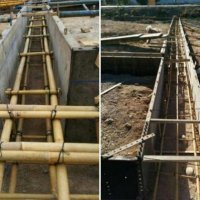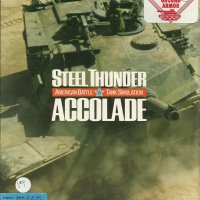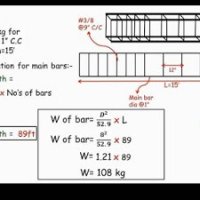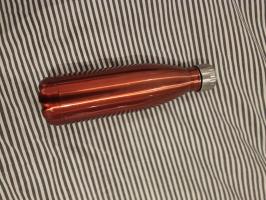WHAT IS MILD STEEL?

In a recent video blog series, we reviewed the main types of steel available in today’s market (Watch Part 1 Here). From carbon to alloy steel, tool steel to stainless steel, there are countless types, categories and grades of steel. Among these is mild steel, a commonly used term describing a general type of steel. But exactly what is mild steel? To help define this term, this article will explain its properties, how it is made and also a few examples of common applications.
What is Mild Steel?
Mild steel is a type of carbon steel with a low amount of carbon – it is actually also known as “low carbon steel.” Although ranges vary depending on the source, the amount of carbon typically found in mild steel is 0.05% to 0.25% by weight, whereas higher carbon steels are typically described as having a carbon content from 0.30% to 2.0%. If any more carbon than that is added, the steel would be classified as cast iron.
Mild steel is not an alloy steel and therefore does not contain large amounts of other elements besides iron; you will not find vast amounts of chromium, molybdenum, or other alloying elements in mild steel. Since its carbon and alloying element content are relatively low, there are several properties it has that differentiate it from higher carbon and alloy steels.
Less carbon means that mild steel is typically more ductile, machinable, and weldable than high carbon and other steels, however, it also means it is nearly impossible to harden and strengthen through heating and quenching. The low carbon content also means it has very little carbon and other alloying elements to block dislocations in its crystal structure, generally resulting in less tensile strength than high carbon and alloy steels. Mild steel also has a high amount iron and ferrite, making it magnetic.
The lack of alloying elements such as those found in stainless steels means that the iron in mild steel is subject to oxidation (rust) if not properly coated. But the negligible amount of alloying elements also helps mild steel to be relatively affordable when compared with other steels. It is the affordability, weldability, and machinability that make it such a popular choice of steel for consumers.
How is Mild Steel Made?
Mild steel is made similar to how other carbon steels are made. A common way this is done involves a combination of iron ore and coal. Once the coal and iron ore are extracted from the earth, they are melted together in a blast furnace. Once melted, the mixture is moved to another furnace to burn off any impurities that they may have, as well as to make any other adjustments to the mild steel’s chemical composition. Following that, the steel is allowed to solidify into a rectangular shape. This slab of mild steel is then usually brought down to the desired size using processes called hot rolling or cold drawing, although there are other methods that can also be used.
Common Applications of Mild Steel
Here are some examples of where it is used in the world:
- Structural steel
- Signs
- Automobiles
- Furniture
- Decorations
- Wire
- Fencing
- Nails
Metal Supermarkets
Metal Supermarkets is the world’s largest small-quantity metal supplier with over 85 brick-and-mortar stores across the US, Canada, and United Kingdom. We are metal experts and have been providing quality customer service and products since 1985.
At Metal Supermarkets, we supply a wide range of metals for a variety of applications. Our stock includes: stainless steel, alloy steel, galvanized steel, tool steel, aluminum, brass, bronze and copper.
Our hot rolled and cold rolled steel is available in a wide range of shapes including: bars, tubes, sheets and plates. We can cut metal to your exact specifications.





























